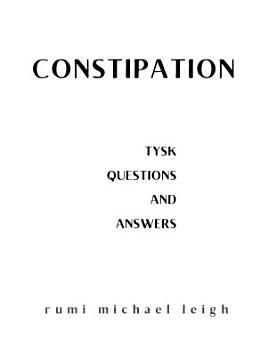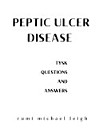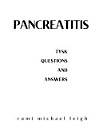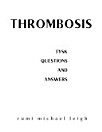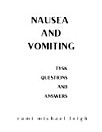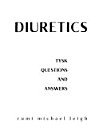Constipation: TYSK (Questions and Answers)
About this ebook
The book describes constipation as infrequent or difficult bowel movements and explains the difference between occasional and chronic cases. It highlights contributing factors such as anal fissures, bowel obstruction, stricture, rectocele, stroke, Parkinson’s disease, multiple sclerosis, hypothyroidism, hyperparathyroidism, pregnancy, diabetes, dehydration, weak pelvic muscles, and certain medications.
Readers will learn about risk factors including older age, low fiber diet, lack of physical activity, neurological conditions, eating disorders, and hormonal changes. Symptoms and complications are discussed, such as fewer than three bowel movements per week, hard stools, straining, diverticulitis, hemorrhoids, anal fissures, rectal prolapse, and fecal impaction.
The book also covers diagnostic methods such as blood tests, colonoscopy, sigmoidoscopy, X-ray, MRI defecography, colonic transit study, anorectal manometry, and balloon expulsion test. Treatment options include hydration, diet rich in fiber, exercise, pelvic floor training, laxatives, and surgery when needed.
A useful choice for students, healthcare workers, and readers who want to learn about constipation, its causes, risks, and available treatments.
